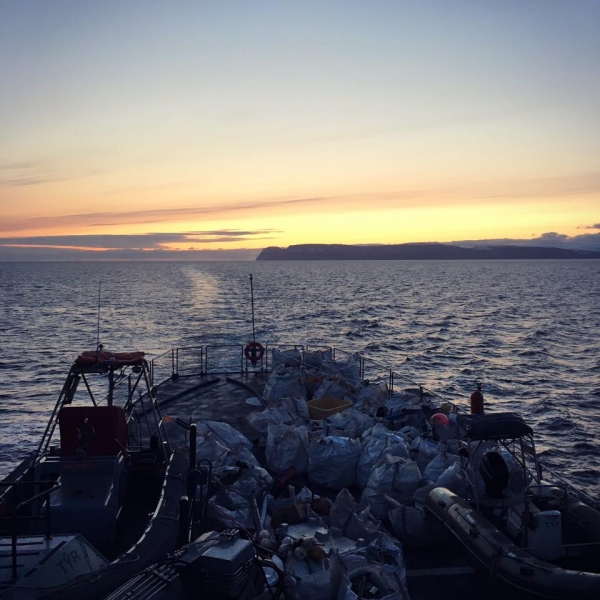Volunteers spent the past weekend collecting several tons of trash from the beaches of the remote Hornstrandir nature preserve in the Westfjords in West Iceland. Some twenty volunteers went by boat from Ísafjörður across the Ísafjörður bay into Jökulfirðir bay, on the south coast of the Hornstrandir peninsula, before hiking across the mountain range to Furufjörður fjord on the north coast of the Nature Preserve. The trash was then shipped out by the coast guard vessel Týr.
Read more: Pier in an abandoned village in Hornstrandir nature preserve rebuilt by local tour operators

Gauti Geirsson, the leader of the expedition, told the Icelandic National Broadcasting Service RÚV that the group had found all kinds of trash in the expedition. The trash collected by the group was not weighed, but Gauti believes several tons were cleaned up. According to a post on Gauti's Facebook page the volunteers filled 55 bags, each measuring a square meter (10.8 sq. ft.), with trash.

Much of the trash comes from fishing vessels, including pieces of fishing nets, plastic floats from fishing nets and pieces of nylon cables, as well as crates and plastic containers for fish. However, there are vast amounts of other refuse and trash as well, including a broken vacuum cleaner or shoes as and of course countless plastic bottles of various kinds. “I found a unopened bottle of hot-dog mustard, which still full of mustard,” Gauti tells RÚV.

This is the third time volunteers head to the nature preserve to clean beaches and collect trash which washes ashore. Each year the group focuses on a certain area, a fjord or a bay. This year the group cleaned the beaches of Furufjörður fjord and the small bay of Bolungarvík on the north coast of Hornstrandir.

The Hornstrandir nature preserve was created in 1975, 40 years ago. The region had been inhabited since the settlement of Iceland, with a number of farms were in the area and one small village, in Aðalvík bay on the West tip of Hornstrandir. However, the remoteness of the area and the fact that most settlements could only be reached by boat, resulted in in rapid de-population in the first decades of the 20th century. By mid-century the last inhabitants had left. No roads were ever built in the region.

Hornstrandir is one of few areas in the world which are categorized as a Category 1b Wilderness Area, by the International Union for Conservation of Nature, IUCN. A Category 1b Wilderness Area requires stricter limits than imposed in National parks. Human visits should be kept to a minimum, only allowing travel of people’s own devices, for example by foot. Wilderness areas can be classified as such only if they are devoid of modern infrastructure.

Volunteers spent the past weekend collecting several tons of trash from the beaches of the remote Hornstrandir nature preserve in the Westfjords in West Iceland. Some twenty volunteers went by boat from Ísafjörður across the Ísafjörður bay into Jökulfirðir bay, on the south coast of the Hornstrandir peninsula, before hiking across the mountain range to Furufjörður fjord on the north coast of the Nature Preserve. The trash was then shipped out by the coast guard vessel Týr.
Read more: Pier in an abandoned village in Hornstrandir nature preserve rebuilt by local tour operators
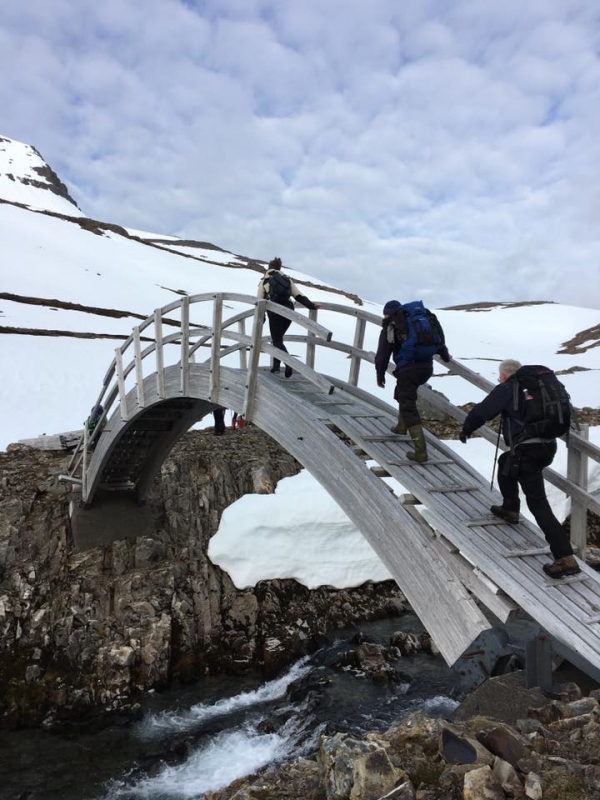
Gauti Geirsson, the leader of the expedition, told the Icelandic National Broadcasting Service RÚV that the group had found all kinds of trash in the expedition. The trash collected by the group was not weighed, but Gauti believes several tons were cleaned up. According to a post on Gauti's Facebook page the volunteers filled 55 bags, each measuring a square meter (10.8 sq. ft.), with trash.
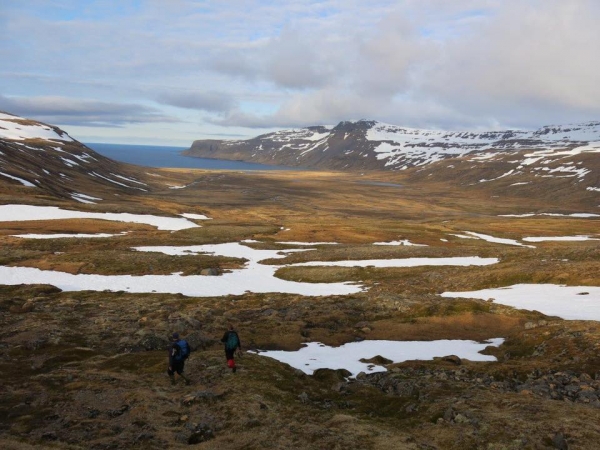
Much of the trash comes from fishing vessels, including pieces of fishing nets, plastic floats from fishing nets and pieces of nylon cables, as well as crates and plastic containers for fish. However, there are vast amounts of other refuse and trash as well, including a broken vacuum cleaner or shoes as and of course countless plastic bottles of various kinds. “I found a unopened bottle of hot-dog mustard, which still full of mustard,” Gauti tells RÚV.
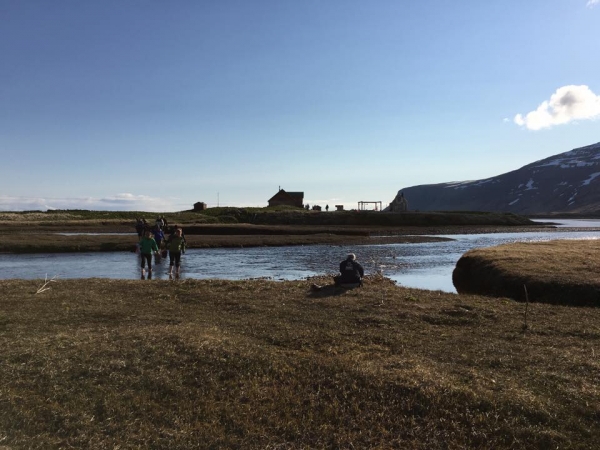
This is the third time volunteers head to the nature preserve to clean beaches and collect trash which washes ashore. Each year the group focuses on a certain area, a fjord or a bay. This year the group cleaned the beaches of Furufjörður fjord and the small bay of Bolungarvík on the north coast of Hornstrandir.
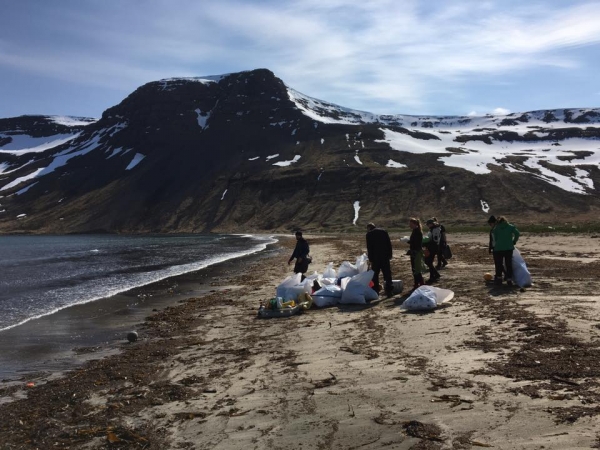
The Hornstrandir nature preserve was created in 1975, 40 years ago. The region had been inhabited since the settlement of Iceland, with a number of farms were in the area and one small village, in Aðalvík bay on the West tip of Hornstrandir. However, the remoteness of the area and the fact that most settlements could only be reached by boat, resulted in in rapid de-population in the first decades of the 20th century. By mid-century the last inhabitants had left. No roads were ever built in the region.
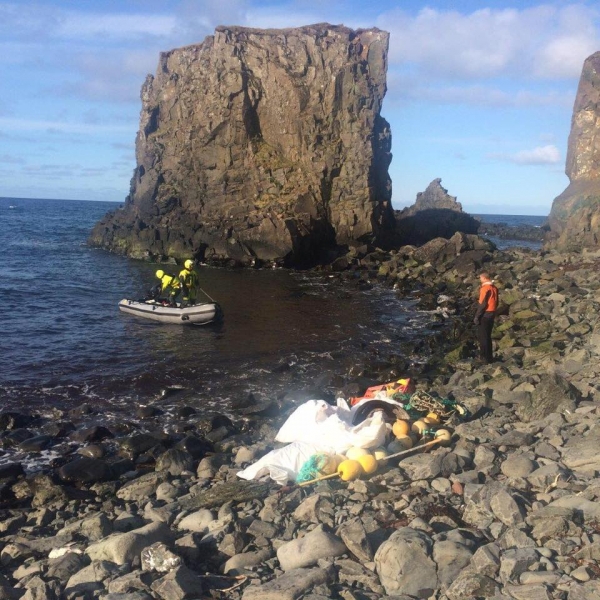
Hornstrandir is one of few areas in the world which are categorized as a Category 1b Wilderness Area, by the International Union for Conservation of Nature, IUCN. A Category 1b Wilderness Area requires stricter limits than imposed in National parks. Human visits should be kept to a minimum, only allowing travel of people’s own devices, for example by foot. Wilderness areas can be classified as such only if they are devoid of modern infrastructure.
